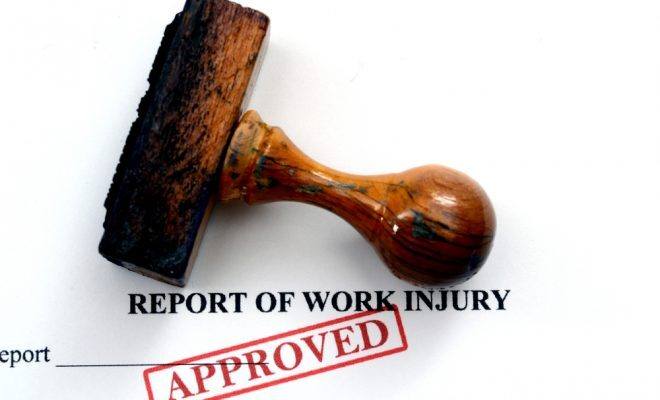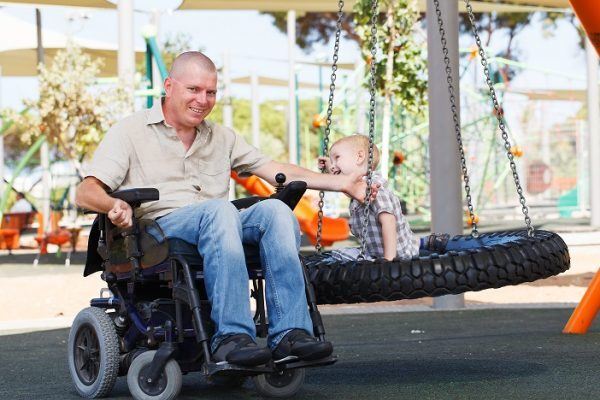Workers’ Compensation Medical Treatment is special. Unlike Traditional Medicine, Industrial Medical Treatment has unique goals. Treatment for industrial injuries is of statutory construct. In other words, the Government has made special rules and regulations with respect to Injured Workers’ treatment.
California Workers’ Compensation Law, pursuant to Labor Code Section 4600(a), has the overall goal of industrial medical treatment to provide what is “reasonably required to cure or relieve the injured worker from the effects of the worker’s injury, ” This goal is further refined by statute and regulations.
Within this construct, there are other goals with respect to Injured Workers’ medical treatment. One of the most important goals of Industrial Medicine is to get the Injured Worker “back to work.”
The term “Back to Work” has many meanings. “Back to Work” can mean getting the Injured Worker back to the job they had when they got injured. “Back to Work” can mean that the Injured Worker can mean that there is a return to a modified position. “Back to Work” can mean that the Injured Worker is returned to an alternative position. “Back to Work” can mean that the Injured Worker is returned to a state upon which they are able to participate in a vocational rehabilitation program. In sum, “Back to Work” means returning an Individual back to the open labor market.
Work Hardening is a form of therapy that can assist with “Back to Work” issues.
This article will discuss the nature of “Work Hardening,” why Insurance Companies should encourage this treatment, and why Injured Workers should participate in such program programs.
What is Work Hardening?
Work Hardening is a form of “Occupational Therapy.”
“Work Hardening is an interdisciplinary, individualized, job specific program of activity with the goal of return to work. Work Hardening programs use real or simulated work tasks and progressively graded conditioning exercises that are based on the individual’s measured tolerances. Work hardening provides a transition between acute care and successful return to work and is designed to improve the biomechanical, neuromuscular, cardiovascular and psychosocial functioning of the worker.” Washington State Department of of Labor and Industries.
What Are the Goals of Work Hardening?
The Goals of Work Hardening include Improvement of Vocational Feasibility, Improvement of Employability, and Decrease in Vocational Handicap. Work Hardening: Occupational Therapy in Industrial Rehabilitation Leonard N. Matheson; Linda Dempster Ogden; Kris Violette; Karen Schultz American Journal of Occupational Therapy, May 1985, Vol. 39, 314-321. https://doi.org/10.5014/ajot.39.5.314
What Happens in a Work Hardening Program?
Work Hardening Programs work on the Injured Worker’s strength and endurance, they set goals, and they work on simulation of work tasks. Throughout the process, their progress is monitored to see if there is improvement.
Who Benefits from Work Hardening Programs?
“Experience shows that the clients who experience the greatest benefit from work hardening programs are those who are seriously deconditioned after an impairment caused by an injury or disease. In addition, people who have major discrepancies between their symptoms and objective findings and individuals whose impairment is limited to the dominant upper extremity substantially benefit from work hardening. “ Work Hardening: Occupational Therapy in Industrial Rehabilitation Leonard N. Matheson; Linda Dempster Ogden; Kris Violette; Karen Schultz American Journal of Occupational Therapy, May 1985, Vol. 39, 314-321. https://doi.org/10.5014/ajot.39.5.314
In sum, this observation means that individuals who have been off of work for a significant period of time benefit from work hardening. Deconditioning can occur when an individual has been off of work for a while. Also, there may be deconditioning from a severe injury which causes an immediate incapacity to perform physical activities. Delays and denials of medical treatment can further contribute to deconditioning.
Further, individuals with major discrepancies between symptoms and objective findings may have anxiety and emotional issues with respect to engaging in physical activities. Work Hardening can provide confidence to these workers with respect to their abilities to exert themselves without the fear of re-injury.
How Does an Injured Worker Get in a Work Hardening Program?
All medical treatment in the California Workers’ Compensation System requires that a Treating Physician issue a Request For Authorization(RFA) for a “work hardening” program. An RFA request is subject to Utilization Review (UR) If UR denies authorization, the denial can be appealed for an Independent Medical Review.
What Have Independent Medical ReviewI Decisions Said Concerning “Work Hardening”?
There is common language which is used repeatedly within IMR Decisions with respect to the authorization of such treatment.
The IMR Decisions state as justification that “[t]here is a known etiology to the chronic pain syndrome or specific clinical condition which includes physical injury or disease. Other appropriate medical and/or invasive care has been attempted and proved to be inadequate to restore functional status. The patient has appropriate rehabilitation potential (i.e., he or she is judged to be able to substantially benefit from the program). The patient is not responding to less costly interventions including quality physical therapy programs; The patient has at least some behavioral or psychosocial issues affecting their recovery. For workers without behaviorally related issues and merely a physical gap between the current capabilities and future job requirements, work conditioning/work hardening programs are usually both more appropriate and cost effective.
The patient has substantial gaps between current physical capabilities and actual or projected occupational demands. There are no known contraindications to the treatment program, e.g., certain unstable medical conditions, primary substance abuse disorder or cognitive limitation which would prevent appropriate learning. The patient is committed to recovery.” 85 Cal. Comp. Cases 451 CM19-0133693, 85 Cal. Comp. Cases 446 CM19-0130002; 84 Cal. Comp. Cases 470, CM19-0021422 [emphasis added]
In sum, IMR Decisions provide several hurdles before such a program will be authorized. Therefore, it is important that the Injured Worker participate in traditional physical therapy programs prior to attempting to get authorization for a Work Hardening Program.
Why Should an Injured Worker Participate in “Work Hardening”?
There are many reasons why an Injured Worker should participate in a Work Hardening Program. First, the Work Hardening Programs can assist the Injured Person back to workplace. Second, Work Hardening Programs have been found to cut down on absenteeism post return to work. Schonstein E, Kenny DT, Keating JL, Koes BW. Work conditioning, work hardening and functional restoration for workers with back and neck pain. Cochrane Database of Systematic Reviews 2003, Issue 3. Art. No.: CD001822. DOI: 10.1002/14651858.CD001822. Third, the participation in a Work Hardening Program with failed results may be considered as credible evidence of inability to compete in the open labor market. Fourth, failure to participate in a Work Hardening Program may be viewed negatively as to the Injured Worker’s intentions and abilities.
What if I Need Advice?
If you would like a free consultation regarding workers’ compensation, please contact the Law Offices of Edward J. Singer, a Professional Law Corporation. We have been helping people in Central and Southern California deal with their workers’ compensation cases for 27 years. Contact us today for more information.




